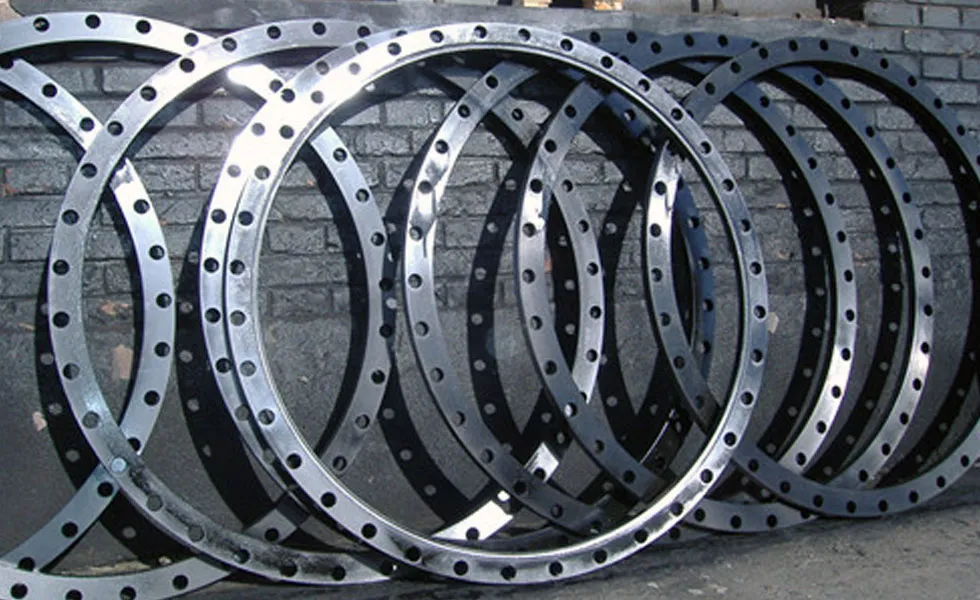-
Cangzhou Yulong Steel Co., Ltd.
-
Phone:
+86 13303177267 -
Email:
admin@ylsteelfittings.com
- English
- Arabic
- Italian
- Spanish
- Portuguese
- German
- kazakh
- Persian
- Greek
- French
- Russian
- Polish
- Thai
- Indonesian
- Vietnamese
- Zulu
- Korean
- Uzbek
- Hindi
- Serbian
- Malay
- Ukrainian
- Gujarati
- Haitian Creole
- hausa
- hawaiian
- Hebrew
- Miao
- Hungarian
- Icelandic
- igbo
- irish
- Japanese
- Javanese
- Kannada
- Khmer
- Rwandese
- Afrikaans
- Albanian
- Amharic
- Armenian
- Azerbaijani
- Basque
- Belarusian
- Bengali
- Bosnian
- Bulgarian
- Catalan
- Cebuano
- China
- China (Taiwan)
- Corsican
- Croatian
- Czech
- Danish
- Esperanto
- Estonian
- Finnish
- Frisian
- Galician
- Georgian
- Kurdish
- Kyrgyz
- Lao
- Latin
- Latvian
- Lithuanian
- Luxembourgish
- Macedonian
- Malgashi
- Malayalam
- Maltese
- Maori
- Marathi
- Mongolian
- Myanmar
- Nepali
- Norwegian
- Norwegian
- Occitan
- Pashto
- Dutch
- Punjabi
- Romanian
- Samoan
- Scottish Gaelic
- Sesotho
- Shona
- Sindhi
- Sinhala
- Slovak
- Slovenian
- Somali
- Sundanese
- Swahili
- Swedish
- Tagalog
- Tajik
- Tamil
- Tatar
- Telugu
- Turkish
- Turkmen
- Urdu
- Uighur
- Welsh
- Bantu
- Yiddish
- Yoruba

Jul . 12, 2024 08:07 Back to list
Manufacturing components through casting processes for various industrial applications and assemblies.
Casting is a common manufacturing process used to create intricate and complex metal parts. It involves pouring molten metal into a mold or cavity that has been shaped to the desired dimensions. This process allows for the production of parts with high precision and accuracy, making it ideal for creating components with detailed features.
One of the key aspects of casting is the use of cast parts, which are the components that are produced through the casting process. Cast parts can be made from a wide range of materials, including aluminum, iron, steel, and brass. They are used in a variety of industries, including automotive, aerospace, and manufacturing.
There are several advantages to using cast parts in manufacturing. One of the main benefits is the ability to create complex shapes and designs that would be difficult or impossible to achieve using other manufacturing methods. Additionally, cast parts are often more cost-effective than other types of components, as they can be produced in large quantities at a relatively low cost.
Cast parts also offer superior mechanical properties compared to other manufacturing methods. They have high strength and durability, making them suitable for use in applications that require components to withstand high levels of stress and wear

cast parts. Additionally, cast parts can be made with tight tolerances, ensuring that they meet the precise specifications required for the final product. In addition to their mechanical properties, cast parts can also be produced with excellent surface finishes. This is important in industries such as automotive, where aesthetics are important. Cast parts can be finished to a high standard, creating a smooth and polished surface that enhances the overall appearance of the final product. One of the key considerations when using cast parts in manufacturing is the choice of material. Different materials have different properties and characteristics, so it is important to select the right material for the specific application. For example, cast iron is often used for components that require high strength and wear resistance, while aluminum is commonly used for parts that need to be lightweight and corrosion-resistant. Overall, cast parts are an important component in the manufacturing industry, offering a range of benefits including high precision, cost-effectiveness, and superior mechanical properties. By using cast parts, manufacturers can create high-quality components that meet the stringent requirements of modern industrial applications.

cast parts. Additionally, cast parts can be made with tight tolerances, ensuring that they meet the precise specifications required for the final product. In addition to their mechanical properties, cast parts can also be produced with excellent surface finishes. This is important in industries such as automotive, where aesthetics are important. Cast parts can be finished to a high standard, creating a smooth and polished surface that enhances the overall appearance of the final product. One of the key considerations when using cast parts in manufacturing is the choice of material. Different materials have different properties and characteristics, so it is important to select the right material for the specific application. For example, cast iron is often used for components that require high strength and wear resistance, while aluminum is commonly used for parts that need to be lightweight and corrosion-resistant. Overall, cast parts are an important component in the manufacturing industry, offering a range of benefits including high precision, cost-effectiveness, and superior mechanical properties. By using cast parts, manufacturers can create high-quality components that meet the stringent requirements of modern industrial applications.
Latest news
-
ANSI 150P SS304 SO FLANGE
NewsFeb.14,2025
-
ASTM A333GR6 STEEL PIPE
NewsJan.20,2025
-
ANSI B16.5 WELDING NECK FLANGE
NewsJan.15,2026
-
ANSI B16.5 SLIP-ON FLANGE
NewsApr.19,2024
-
SABS 1123 FLANGE
NewsJan.15,2025
-
DIN86044 PLATE FLANGE
NewsApr.19,2024
-
DIN2527 BLIND FLANGE
NewsApr.12,2024
-
JIS B2311 Butt-Welding Fittings LR/SR 45°/90° /180°Seamless/Weld
NewsApr.23,2024











